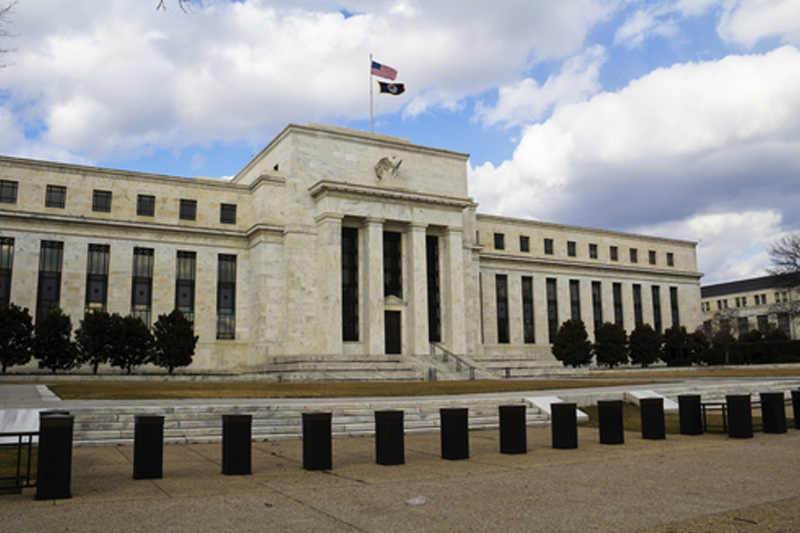Investing.com -- In a widely expected move, the Federal Open Market Committee kept its benchmark interest rate unchanged on Wednesday leaving the Federal Funds Rate at its current near-zero level for the 55th consecutive meeting, a streak that dates back to the peak of the Financial Crisis.
In perhaps the Federal Reserve's most anticipated monetary policy statement in recent memory, the FOMC kept short-term rates at its current level on Thursday, citing global financial and economic concerns that could reduce inflation. The Federal Funds Rate, the rate at which banks use to lend to other institutions on overnight loans, has remained at its current "zero-bound level," between zero and 0.25% since December, 2008. Nearly a decade has passed since the U.S. central bank last raised its benchmark rate.
Since 1955, the Fed has tightened monetary policy in 12 different cycles, the last of which occurred in 2006, when it increased rates 25 basis points to 5.25%. The final rate hike capped a two-year period of gradual policy normalization when the FOMC raised the Federal Funds Rate by 25 basis points for 17 consecutive meetings, beginning in June, 2004.
The minutes from the FOMC's July meeting showed that the majority of its members agreed that conditions in the U.S. economy had improved nearly enough to justify an imminent rate hike. Since the FOMC last met, however, crude oil prices touched down to a six and a half year low and China rattled global equity markets by devaluing its currency in an effort to stimulate its flagging economy.
Earlier this month, officials from the International Monetary Fund and the World Bank urged the Fed to delay a rate hike, arguing that it could place undue stress on the emerging markets. A rate hike is expected to bolster the value of the dollar, as foreign investors look to capitalize on higher yields.
Fed vice chair Stanley Fischer sent strong signals that a rate hike could be imminent in late-August when he argued that inflation will likely move higher as the temporary forces restraining it continued to "dissipate further." Fischer highlighted "one-off" events, such as a stronger dollar and dwindling energy prices as downward pressures that could evaporate in the near future. Nevertheless, long-term inflation has remained below the Fed's target of 2% for every month over the last three years.
Over the last year, Fed chair Janet Yellen has emphasized that the Fed is placing less importance on the initial rate hike in comparison with the gradual pace of rate increases over the next year. In June, the FOMC lowered its target for the Fed Funds Rate for the end of 2016 to 1.625% while reaffirming that it will remain under 3% by the end of 2017.
